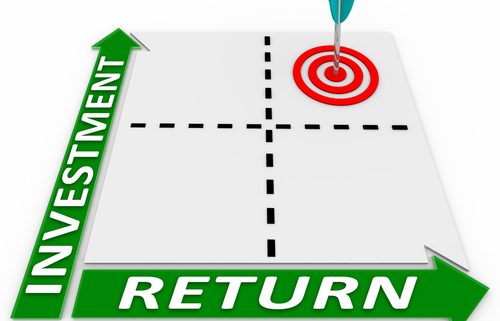Which Investments Generate the Best Returns for a Self-Directed IRA?
It’s no secret that the stock market provides investors with easy access to healthy returns. Statista estimates that investors can expect an 8% annualized rate of return from 2018 to 2028. But those retirement investors using a Self-Directed IRA should not see their investments limited by the expectation of lower returns in other asset classes.
That begs the question: which alternative investments provide the best possible returns for a Self-Directed IRA? We looked at the available numbers to find out:
Real Estate: Healthy Returns on Solid Investments
Real Estate is traditionally one of the most popular investments among those with a Self-Directed IRAs—and for a reason. One well-placed real estate investments can generate monthly cash flow while appreciating in value—a bit like buying a dividend stock that not only has high dividend returns but continues to increase in value throughout the investment.
The question, however, is about average. Simply investing in real estate is not enough to guarantee that you will have the returns that other investors may have.
It’s tricky. One real estate return calculator makes the wise choice of allowing you to choose from regions across the United States—from Albany, GA to Yuma, AZ. Looking at the returns of REITs—Real Estate Investment Trusts—at Portfolio Visualizer also suggests very healthy, stock market-like returns to those who want to take a more passive, diversified approach to their real estate investing.
According to Financial Samurai, expensive cities tend to provide net rental yields akin to bond investments; however, inexpensive cities can see yields of 7-12%, often beating out the stock market.
The truth is real estate is too big for anyone to calculate an average—and any average could be wildly inaccurate depending on your investment, your region, and when you make a real estate purchase within your Self-Directed IRA. But there’s little doubt that real estate remains one of the most viable options for returning as much as possible on a retirement investment, especially with the protections of a Self-Directed IRA.
Private Lending: Passive Returns
Another alternative investment available to those with a Self-Directed IRA is private lending. There are many ways to go about private lending, and like any investment, individual returns may vary. However, as Financial Samurai notes, yearly returns can be as high as 5-7%. “The returns used to be higher,” says the site, “but the increased supply of money has brought returns down.”
If that’s the low end of private lending returns, it could represent a viable alternative investment for those who want to grow cash in their retirement account without relying on the stock market.
Private Stocks: Unique Opportunities for Growth
When news of Mitt Romney’s multi-million dollar IRA hit, it showed the power of Self-Directed IRAs. A few well-placed investments in private companies, as you can do with a Self-Directed IRA, can provide tax-protected returns that are sometimes stunning.
However, private stock market investments, while potentially lucrative, can be very difficult when it comes to creating statistics. We simply do not know what kinds of returns people are seeing en masse. And like any individual stock, a private market investment can have the potential for huge returns—or it can go downward immediately.
That highlights the importance of a well-diversified portfolio. A portfolio made up of more than stocks—using alternative investments like private lending and real estate—can give you far more stability than any one asset class. And when you have that stability paired with high expected returns, you do not have to sacrifice the long-term health of a retirement portfolio.
Interested in learning more about Self-Directed IRAs? Contact American IRA, LLC at 866-7500-IRA (472) for a free consultation. Download our free guides or visit us online at www.AmericanIRA.com.






